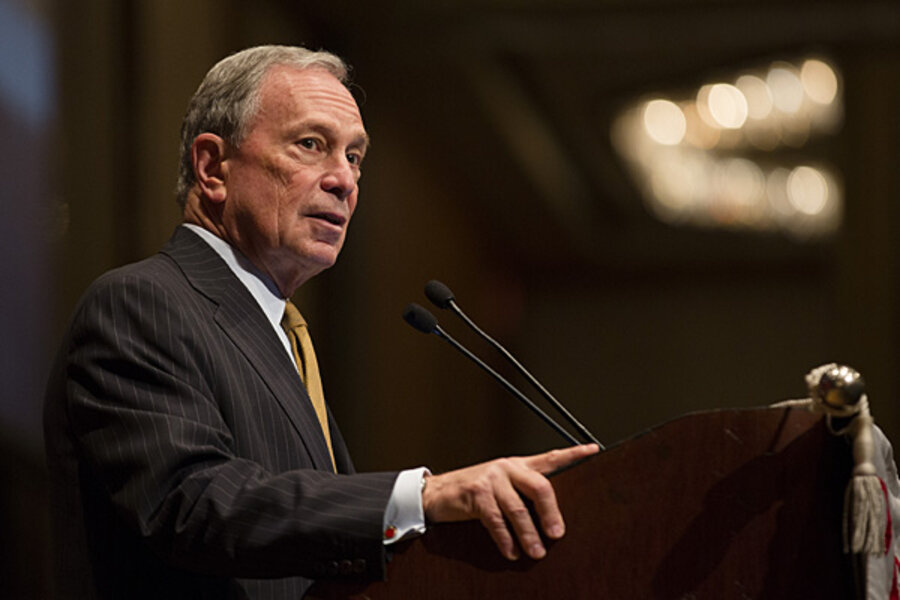Bloomberg details NYC plan to combat climate change
Loading...
| New York
Removable flood walls would be set up for much of lower Manhattan, a 15-to-20-foot levee would guard part of Staten Island and gates and levees would shield Brooklyn as part of a nearly $20 billion plan Mayor Michael Bloomberg proposed Tuesday to protect New York City from storms and the effects of global warming.
Bloomberg's proposals also include building dunes in Staten Island and the Rockaways, firming up the shoreline with bulkheads in various neighborhoods and considering building a levee and a new"Seaport City" development at the South Street Seaport that would echo nearby Battery Park City.
The mayor also is suggesting giving $1.2 billion in grants to property owners to flood-proof their buildings and $50 million to nursing homes to improve theirs; making hospitals even in rarely flooded areas upgrade their pumps and electrical equipment; and expanding beaches and marshes, among other ideas.
"This plan is incredibly ambitious," Bloomberg said in a speech at the Brooklyn Navy Yard, acknowledging that much of the work would extend beyond the end of his term this year. "This is urgent work, and it must begin now.
"Piece by piece, over many years and even decades, we can build a city that's capable of preparing better, withstanding more and overcoming anything."
Fueled by the city's blow from Superstorm Sandy last fall, the sweeping proposals represent a sizeable step up in scale and urgency for a mayor who has for years emphasized the threat climate changeposes to the nation's biggest city, which has 520 miles of coastline.
It remains to be seen how the ideas will fare in a future mayoral administration, and what kind of support — financial and otherwise — they might ultimately get from the federal government and other entities that would be involved, not to mention from New Yorkers themselves. Bloomberg acknowledged that some of the ideas could block views and otherwise prove controversial, but "if we're going to save lives and protect the lives of communities, we're going to have to live with some new realities," he said.
Bloomberg said the city and federal money already allocated for Sandy relief would provide $10 billion for the projects, and the city believed it could get at least an additional $5 billion in federal money.
The recommendations draw from updated predictions from theNew York City Panel on Climate Change, a scientists' group convened by the city.
The average day could be 4 degrees to nearly 7 degrees hotter by mid-century, the panel estimates. A once-in-a-century storm would likely spur a surge 5 or more feet higher than did Sandy, which sent a record 14-foot storm tide gushing into lower Manhattan.
And with local waters a foot to 2½ feet higher than they are today, 8 percent of the city's coastline could see flooding just from high tides, the group estimates. Most of that coast is in a relatively undeveloped area near a bay.
City Hall, the state government and others have released warnings over the years about climate risks. The city has required some newdevelopments in flood zones to be elevated and has restored wetlands as natural barriers, among other steps.
"Sandy, obviously, increased the urgency of dealing with this and the need to plan and start to take concrete steps," Deputy Mayor Caswell Holloway said Monday.
The new projections echo 2009 estimates from the climate changepanel, but the timeframe for some upper-end possibilities has moved up from the 2080s to mid-century.
"The overall numbers are similar, but we have more compelling evidence now that (a more severe scenario from 2009) is looking like a more realistic possibility now," due to improved computer models and more evidence that some ice sheets are melting, said Radley Horton, a climate scientist with Columbia University's Earth Institute and a researcher with the city climate panel.
Scientists have reached a consensus on global warming but still debate how severe the effects will be.







